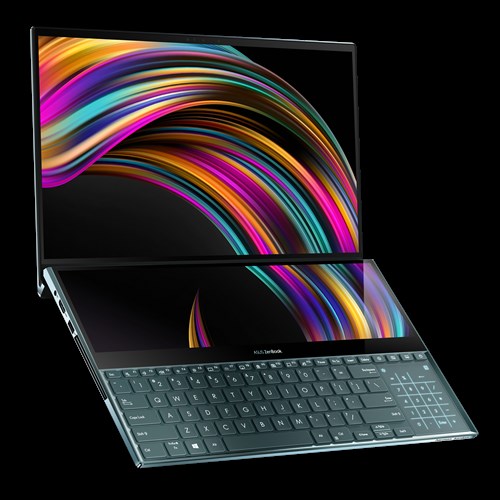Rahul Kumar, a senior software engineer at a Noida-based multinational company, is excited about using a dual screen notebook and plans to buy one when it comes to India.
Kumar’s excitement is easy to understand for personal computer (PC) makers who want to make laptops desirable once again. And what better way to achieve that than to experiment with new designs and concepts? While thin-bezel design have enabled them to keep the size of laptops in check and offer bigger screen in smaller form factors, the concept of a second screen on notebooks promises to improve the multi-tasking experience for users like Kumar.
A case in point is the Asus ZenBook Pro Duo that offers a 15.6-inch primary display and a 14-inch secondary screen called ScreenPad.

“Dual screen laptops posit a pivotal moment in hardware innovation and experimentation. They do provide a more immersive experience for users. While some may term these innovations as one aimed at piquing consumer interest, I believe they are purposeful and meant at diverse audiences, from gamers to creative artists,” says Prabhu Ram, head, industry intelligence group, Cyber Media Research.

However, Ram cautions that while dual screens are a great innovation, the key to market success would be the software adaptability and experience on such new form factors. It is also key to note that dual screen laptops represent an early phase in innovation, and will see further iterations.



